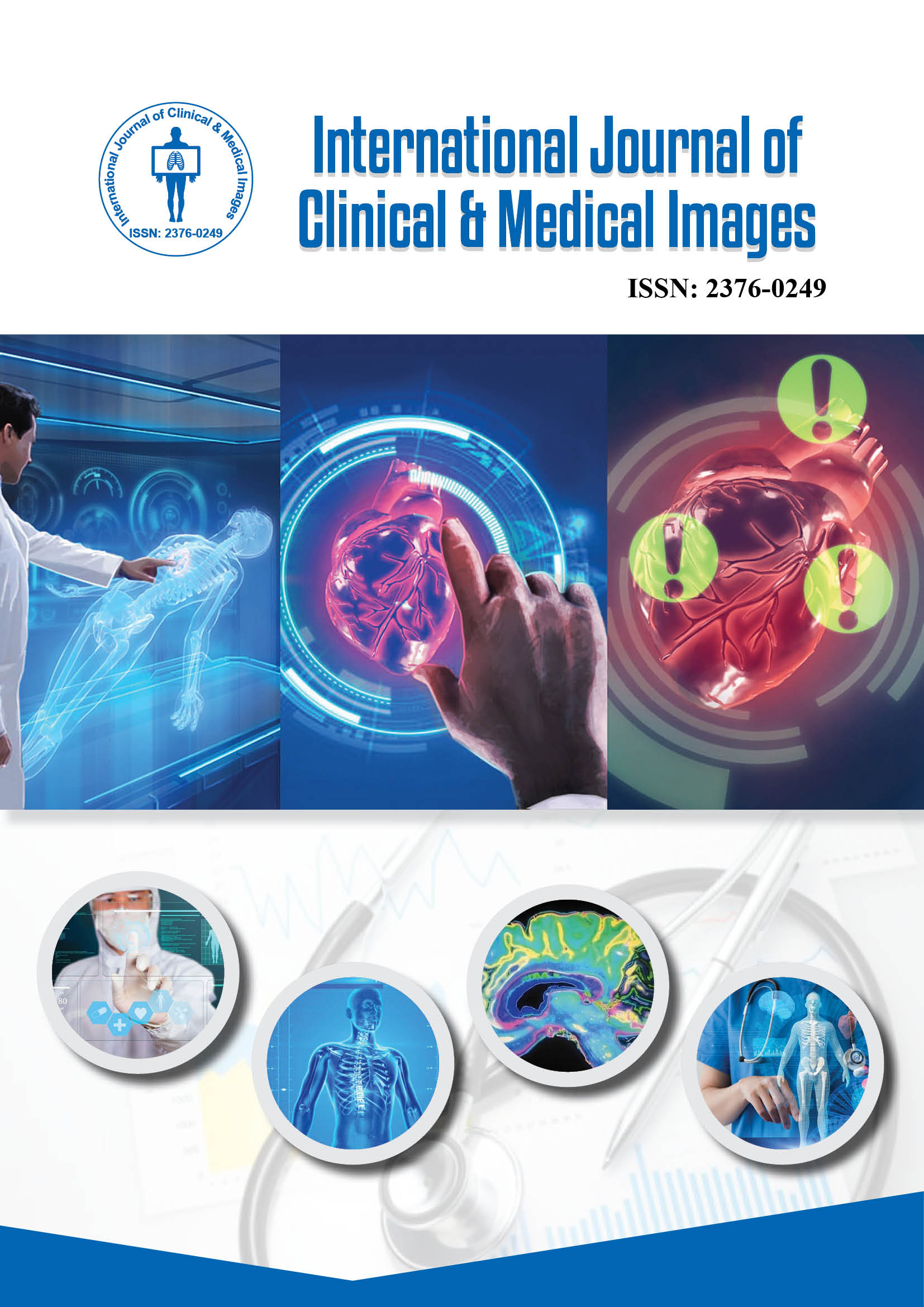2376-0249
Case Blog - International Journal of Clinical & Medical Images (2016) Volume 3, Issue 5
Author(s): Slama Iskander, Hidoud Amar, Velon Stephane, Boudes Audrey and Devemy Fabien
Case Presentation: An 89-year-old male was referred to the echo laboratory for further investigations of a 6-day history of high fever and wet cough. His past medical history was largely unremarkable and so was his cardiac physical examination. Electrocardiogram showed sinus rhythms with an incomplete right bundle branch bloc. He had a poor echogenic window in transthoracic echocardiography which revealed no significant valvular heart disease and no evidence of mobile echodense masses implanted in a valve or mural endocardium however it was suspicious for tow echodense masses tributary to the lateral left atrial wall and the interatrial septum. Transesophageal echocardiography was performed and revealed two distinctive echo-dense globular thickening of the interatrial septum sparing the fossa ovalis with a characteristic “dumbbell” shape evoking a lipomatous hypertrophy of the interatrial septum (Figures 1A-1B), and an immobile prominence localized between the entrance of the left atrial appendage and the atrial insertion of the left upper pulmonary vein with a “Q-tip” sign evoking a Coumadin ridge separating this two structures (Figures 1C-1F, Supplementary movie 1). No others signs evoking infective endocarditis were found. The Diagnosis of upper respiratory tract infection was established and the patient was treated with antibiotics in the geriatric department with favorable evolution. He was discharged home 8 days after.
Keywords: Echocardiography; Cardiac variants; Coumadin ridge; Lipomatous hypertrophy; Interatrial septum
 Awards Nomination
Awards Nomination

